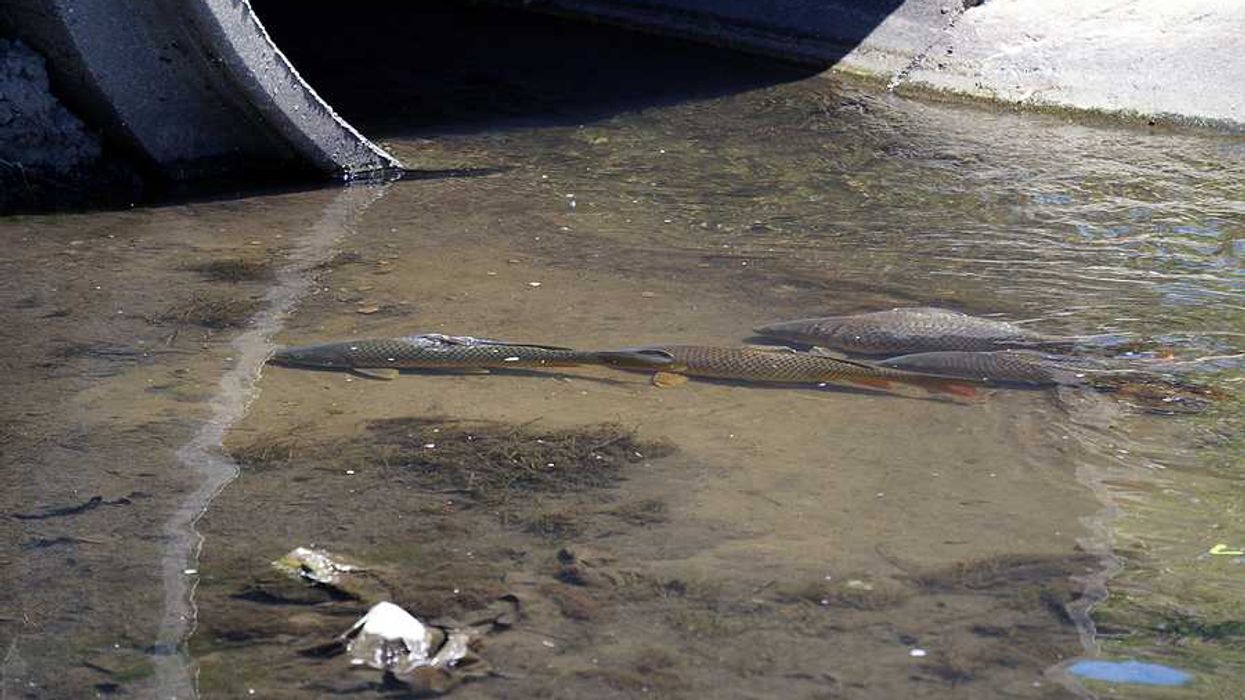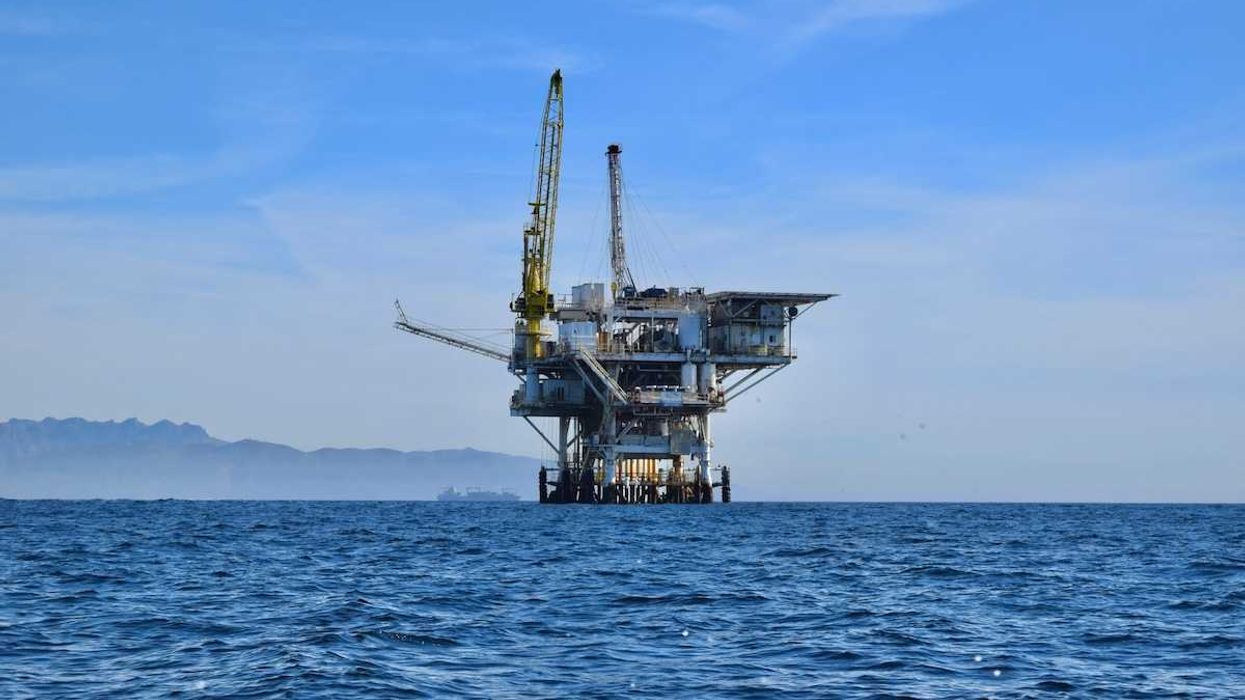A coalition of NGOs reports that Europe’s water bodies contain dangerously high levels of persistent chemicals, particularly trifluoroacetic acid.
In short:
- European rivers, lakes, and groundwater have been found to contain high levels of trifluoroacetic acid (TFA), a persistent and harmful chemical.
- Analysis of water samples from 10 EU countries revealed PFAS in all samples, with TFA making up over 98% of the detected total.
- The contamination levels exceeded EU limits in 79% of samples, prompting calls for a ban on PFAS and urgent political action.
Key quote:
“The extent of the contamination is alarming and calls for decisive action.”
— European Pesticide Action Network report
Why this matters:
Originating from the breakdown of various fluorinated compounds used in refrigerants, pharmaceuticals, and pesticides, TFA resists natural degradation, allowing it to accumulate over time.
TFA belongs to the larger family of per- and polyfluoroalkyl substances (PFAS), often referred to as 'forever chemicals’. Unlike some other compounds in its class, TFA is highly mobile and can easily migrate into water systems, raising concerns about its potential to contaminate drinking water supplies.














